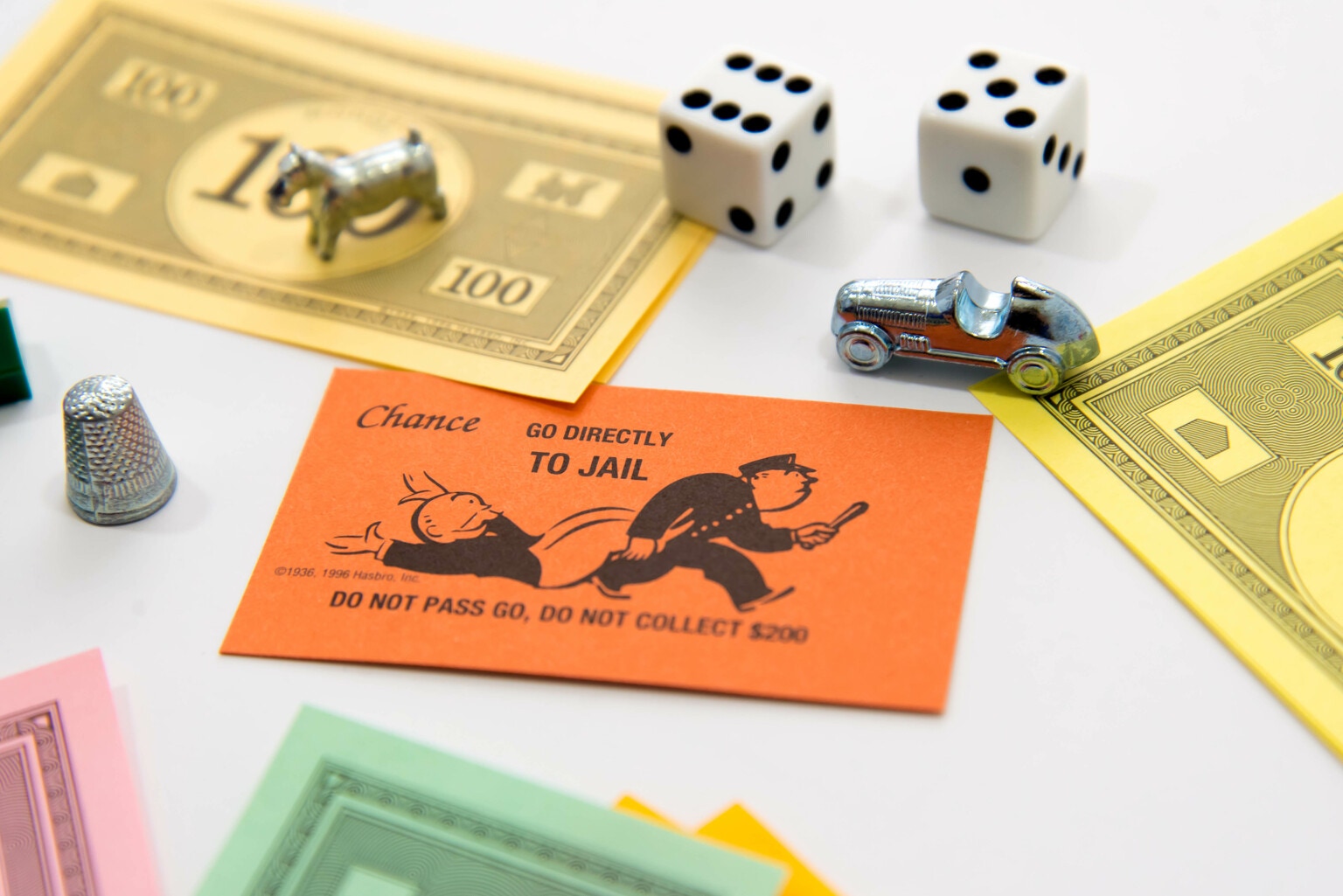The takeover of Silicon Valley Bank (SVB) by the Federal Deposit Insurance Corporation (FDIC), the independent agency created by the US Congress to maintain stability and public confidence in the country’s financial system, has sent shockwaves through the financial system. With an asset base of $219 billion, SVB’s is the second-largest bank collapse in the history of the US.
The FDIC insures deposits, examines and supervises financial institutions for safety, soundness, and consumer protection, makes large and complex financial institutions resolvable, and manages receiverships, among other things.
It says depositors will be allowed to withdraw up to $250,000 per account from Monday. The rest of their deposits will be stuck indefinitely.
The good news is, given a decent asset base, the principal is likely to be returned eventually. The bad news is only about 3% of the $169 billion in deposits are below that threshold of $250,000, so a lot of money will be frozen until the FDIC figures things out.
The big deposits are all corporate, largely comprising funds from VCs and startups. This means the startup ecosystem could be further starved for funds, which is not healthy for any industry and perhaps perilous for a cash-hungry, loss-making businesses desperate to scale. And, of course, equity stakeholders in the listed SVB entity have seen the value of their shares effectively drop to zero.
What went wrong?
SVB’s deposit base grew from $61 billion in 2019 to $181 billion in 2021 amid the pandemic. At the time, the Fed and other central banks were holding policy rates at zero to stimulate covid-hit economies.
SVB put a large chunk of those deposits into mortgage-backed securities (MBS), which earned it a reasonable return. The MBS basket was long-tenure (many in the 10-year range) and returned roughly 1.5% annualised. But the principal would only be redeemable in the long-term. MBS are liquid in that they can be sold on the bond market, but the price isn’t necessarily the face value.
In 2022, the Federal Reserve started to hike policy rates and the bond market suffered. If the interest rate rises, the value of a debt instrument that pays the earlier, lower interest rate, falls. The US rate has risen by 500 basis points in the past year. Moreover, the Fed has made a series of hawkish statements that indicate it might raise rates aggressively again. The market price of MBS has fallen and these bonds can now only be sold at steep discounts to their face value.
In the middle of this cycle of rate hikes, many of SVB’s depositors sought to redeem their cash. That’s not too surprising. The vast bulk of SVB’s clients were commercial organisations, who could see a scenario where they could reinvest their cash for a better return.
The bank saw its deposit base fall to $169 bn in 2023 and was faced with an additional $41 billion worth of redemption requests. It had to sell some of its bonds at a loss to try and meet those requests and booked a loss of $1.8 billion by selling around $20 billion of its portfolio.
It then tried to raise another $2 billion or so in cash in an equity-cum-debt offer but failed. The stock crashed as the liquidity crisis became apparent. The FDIC took over when it became apparent that SVB would not be able to find a lender or an investor.
The fact that senior officers of SVB sold $4.4 million worth of shares before the crisis became public won’t have gone down well with either depositors, not to mention regulators. But by consensus, SVB has a sound balance sheet and the liquidity crisis should not spiral into an insolvency crisis. It will be up to the FDIC and other regulatory authorities to ensure that this doesn’t spark generalised panic and set off runs on other banks.
In a bank collapse, depositors get their money back on first priority. Other secured lenders to the bank are second, and equity holders get whatever’s left. This sequence could be broken under special circumstances. For example, the Yes Bank rescue plan envisaged the holders of Perpetual Additional Tier 1 bonds would get nothing, whereas small shareholders would get whatever market price they could avail.
There are multiple possibilities. The FDIC could unwind the asset portfolio or hold on until the MBS tenures end. Since the asset base appears solid, depositors should get their money back eventually. Alternatively, another lender of last resort may appear or somebody may buy SVB. The impact on the startup ecosystem will be severe, but with luck this won’t end up being a 2008-style global crisis.
Download The Mint News App to get Daily Market Updates.
More
Less















